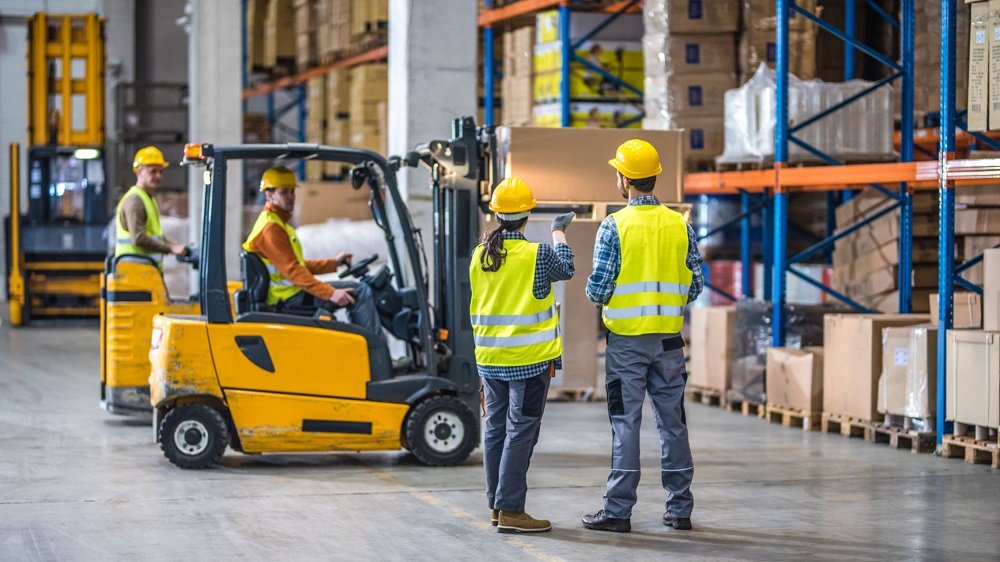Whether you operate a bustling warehouse or a compact construction site, forklifts undoubtedly play a vital role in your daily operations. But have you asked yourself: How often am I investing in the maintenance of its essential parts? Can I maximize the performance and increase the longevity of these hardworking machines? In this comprehensive guide, we’ll delve into the significance of consistent forklift parts maintenance.
Although forklifts are built to withstand harsh conditions and heavy loads, they, like any machine, are subject to regular wear and tear. Neglecting maintenance needs can lead to costly repairs, unexpected breakdowns, and compromised safety. You might wonder, what parts need frequent checks? And what can I do to maintain these parts? Stick around, as we unravel all aspects of forklift parts maintenance.
Understanding The Importance Of Forklift Parts Maintenance: Why?

By regularly maintaining the integral parts of a forklift, we can ensure its safe operation, extend its lifespan, and optimize its performance. Forklifts are the workhorses of numerous industries, from construction and manufacturing to warehousing and logistics. Any downtime not only impacts the workflow but also adds to the operation costs.
Regular maintenance can prevent unexpected breakdowns and spot minor issues before they develop into major problems. Moreover, a well-maintained forklift ensures the safety of the operators, reducing the risk of on-site accidents. On the flip side, a neglected forklift can become a hazard, endangering lives and causing unnecessary interruptions.
Further, regulations like the Occupational Health and Safety Administration in the USA mandate regular checks and maintenance of forklifts. Non-compliance can result in hefty fines and even the suspension of operations. Therefore, understanding and implementing a rigorous maintenance program is of utmost importance for every forklift owner.
Key Components That Require Regular Maintenance: What?
Your forklift is a sum of all its parts. Each part helps ensure smooth operation. It is essential to prioritize the maintenance of key components such as the engine, lift chains, tires, brakes, and the operator’s compartment.
A well-tuned engine ensures the forklift’s efficient operation, while the lift chains, being essential for lifting heavy weights, need to be inspected for signs of damage, wear, corrosion, or stretching. The forklift’s tires and brakes are crucial towards ensuring the machine’s stability and preventing accidents while moving heavy loads. The operator’s compartment, too, plays a vital role in maintaining safety on the work site and should be check regularly for obstructions, malfunctions, or damage.
The Best Times For Forklift Maintenance: When?
Scheduled maintenance goes a long way in keeping your forklift parts running smoothly. The general recommendation is to schedule maintenance every 90 days or after 200 hours of operation, as specified by the Industrial Truck Association. However, the exact schedule could vary depending on the type of forklift, its age, and its workload.
For instance, high-demand forklifts operating in harsh conditions may require more frequent maintenance, while a lightly used forklift in a clean environment might require less frequent checks. It’s a good idea to keep tabs on the machine’s operation hours and schedule regular maintenance accordingly.
Who Should Perform Forklift Maintenance?
Forklift maintenance should ideally be performed by trained, skilled professionals who can notice and address subtle signs of wear and tear. Seeking professional help can save you from costly breakdowns and potential safety hazards.
While some parts of the forklift maintenance can be done by the operator, such as daily visual checks, a professional should conduct the comprehensive maintenance. Many forklift manufacturers offer maintenance services, while others may recommend certified service centers.
Pros And Cons Of Regular Forklift Maintenance

On the upside, regular forklift maintenance ensures operational efficiency, avoids downtime, prolongs machine life, and strengthens safety. However, it does require a significant investment of time and resources. But on balance, the pros of consistent maintenance far outweigh the short-term cons, particularly when considering the potential costs of a major breakdown, injury, or non-compliance fines.
Conclusion
At this point, the importance of regular forklift maintenance should be clear. Prioritizing the care of key parts such as the engine, lift chains, tires, and brakes can greatly enhance the machine’s performance and lifespan. Regular checks can spot minor problems, preventing them from evolving into costly repairs or dangerous breakdowns. Plus, adhering to maintenance schedules not only keeps your workers safe but also helps meet regulatory standards.
Invest in the long-term performance and safety of your forklift. Remember, a well-maintained forklift isn’t an expense; it’s an investment. An investment in safety, efficiency, and productivity.


